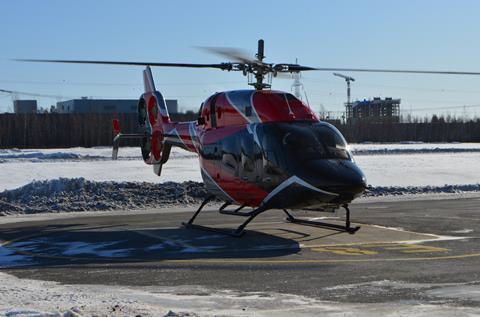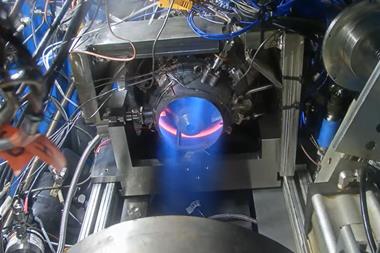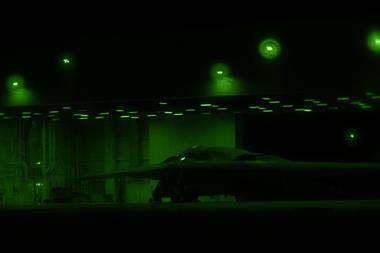Bell has revealed an experimental 429 helicopter with four electric-motor-powered tail rotors.
The Electrically Distributed Anti-Torque (EDAT) tail rotors first flew on the light, twin-engined 429 helicopter in May 2019, says Bell on 21 February. The aircraft is being tested at the company’s Mirabel, Canada facility and has about 25h of flight time.
The EDAT tail rotor system stops moving once the aircraft is on the ground, reducing danger to bystanders, says Bell. It also costs less to operate, has fewer mechanical components and is significantly quieter. Moreover, because it is turboelectric-powered, instead of shaft-driven, it reduces the helicopter’s carbon emissions, the company says.
Rotors driven by electric motors might be advantageous for a number of other reasons too.
Turboelectric hybrid systems are generally more efficient than pure jet turbine power, reducing fuel consumption.
Power to electric motor-driven rotors can be controlled more precisely, which might make the system nimbler than a turboshaft-driven tail rotor.
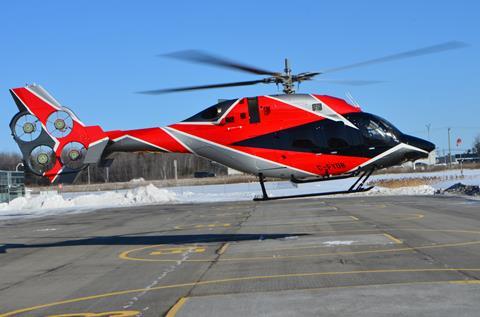
Electric motors can also increase power more quickly by drawing from a reserve of battery energy, compared to gas turbines.
Fewer mechanical parts, in particular the tail rotor drive shaft and gears, might also save weight. A smaller number of mechanical parts also could reduce maintenance needs of an aircraft.
Electric-powered rotors contained within fenestrons are less likely to be damaged should the helicopter’s tail strike an object. Having four rotors also adds redundancy in case one blade should fail or be damaged.
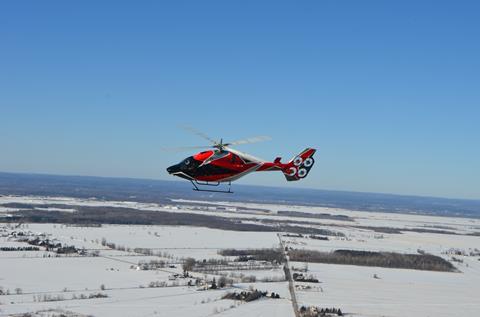
Turboelectric hybrid aircraft are getting a second look as aircraft manufacturers look for ways to reduce carbon emissions and improve fuel efficiency. The powerplants are also seen as a way to increase the range of nascent electric-vertical-take-off-and-landing rotorcraft.
